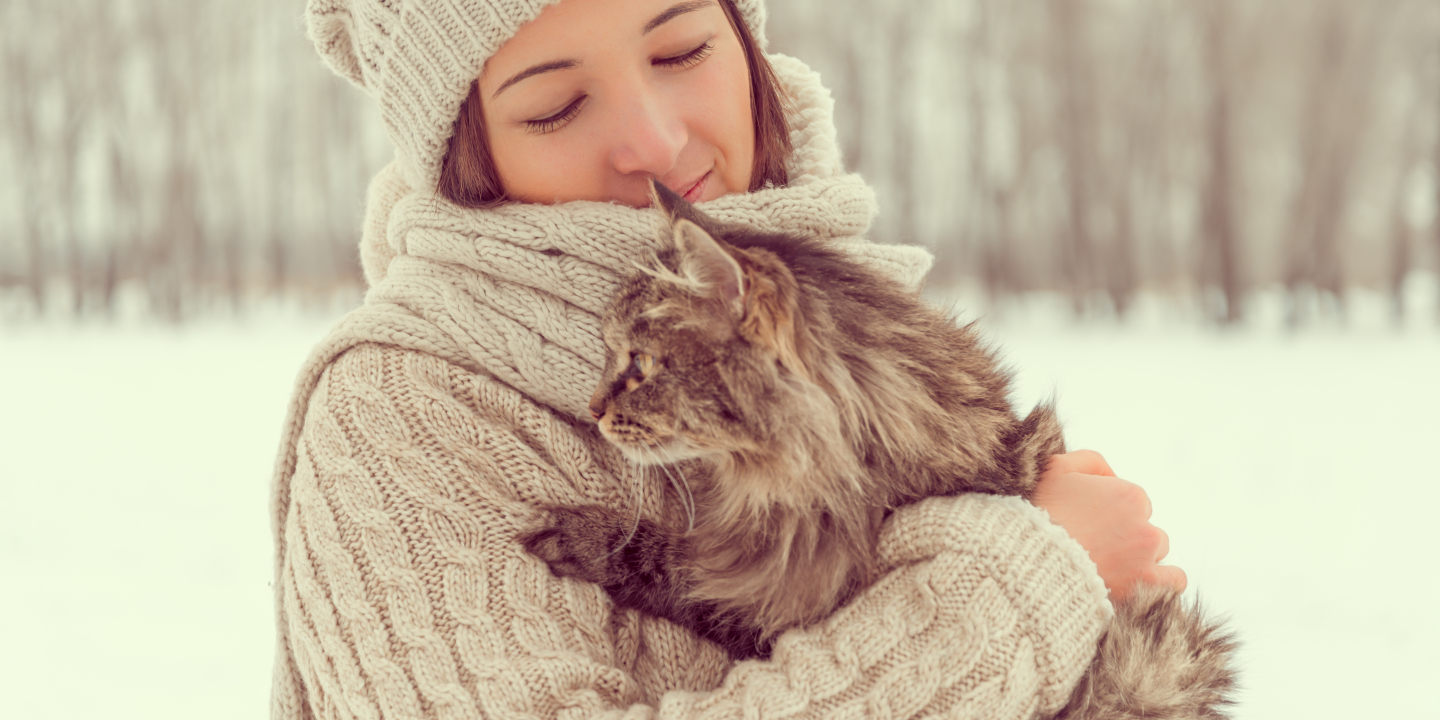Tooth Resorption
Within each of a cat’s teeth is a chamber (root canal) that contains tissue made up of blood vessels, lymphatic vessels, and nerves. This tissue, which communicates with the rest of the animal’s body, is surrounded by a bony substance called dentin, which accounts for the bulk of the tooth’s structure. In a condition known as a tooth resorption –formerly referred to as feline odontoclastic resorptive lesion (FORL) or cervical line lesion—the dentin in a single tooth (or several simultaneously) erodes and eventually becomes irreparably destroyed. Over time, all areas of an affected tooth, from root to crown, may become involved.
Tooth resorption is a common condition, affecting an estimated 20 percent to 60 percent of all cats and close to three-quarters of those five years of age and older. The cause, says Jennifer Rawlinson, DVM, chief of the dentistry and oral surgery section at Cornell University’s College of Veterinary Medicine, is unknown. “There are a few theories,” she says, “but no one is sure about what really stimulates this condition. Some researchers, for example, theorize that an excess of vitamin D in commercial cat food might be to blame, but other researchers don’t necessarily agree. So, for now, we don’t have an answer.”
In most cases, Dr. Rawlinson explains, there will be various levels of resorption in affected teeth, and the destruction can occur at varying speeds until it progresses to a point at which it must be clinically addressed. “A cat may lose just one tooth in its lifetime because of this problem,” she points out, “although it can have a little bit of resorption on other roots that may not require treatment.” Regarding the clinical signs of tooth resorption, she says: “Loss of appetite might occur if the crown were to break off from a single tooth. In that case, the cat could be off its food for a significant amount of time—24 to 72 hours, say. But in general, the condition has to get to an extreme level before the cat stops eating. Instead, if there are several resorptive lesions in the oral cavity, one of the first signs would be that the cat starts swallowing its food without chewing it or that it suddenly develops a preference for soft food.”
A cat may clearly indicate that it is experiencing excruciating pain when it bites down on an affected tooth or if the tooth is touched by a veterinarian’s probing fingers or examining tool. At the same time, chronic toothaches are not among the condition’s most salient clinical signs. A more reliable indicator in this regard is a cat’s behavior while eating. Says Dr. Rawlinson: “The owner may notice that the animal’s appetite appears to be normal but that it tilts its head and tries to chew on just one side of its mouth. If it is eating kibble, it may try to swallow it without chewing, or the food may fall out of its mouth.”
The best way of confirming the suspected presence of the condition, she notes, is by means of a full-mouth intra-oral radiograph. “I recommend that a cat’s teeth be visually examined by a veterinarian annually,” she advises, “and that they be x-rayed if a resorptive lesion is suspected.”
If veterinary examination reveals the presence of tooth resorption, Dr. Rawlinson points out, the only effective treatment will entail extraction of any affected teeth.




